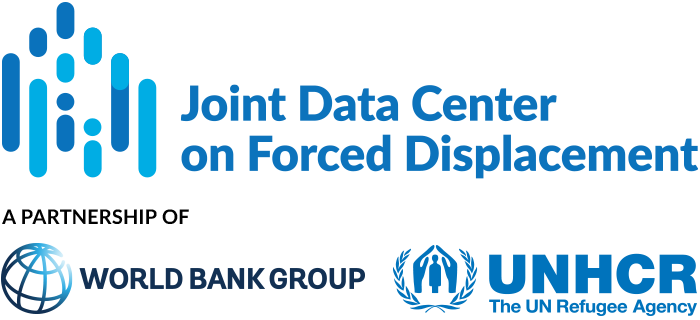Displaced and Stateless Populations in CAR
Inclusion of Forcibly Displaced Persons and People at Risk of Statelessness in the Central African Republic’s 4th Population and Housing Census and 2025 Multiple Indicator Cluster Survey (MICS)
In this section
Overall objectives
The main objective of this activity is to ensure that, for the first time, forcibly displaced persons and people at risk of statelessness are identified through specific indicators in the Central African Republic’s 4th General Population and Housing Census (RGPH4) and included in the 2025 Multiple Indicator Cluster Survey (MICS).
This inclusion will provide a comprehensive and accurate population count, generate essential microdata, and create a robust sampling frame for future surveys, enabling evidence-based interventions that address the unique vulnerabilities of these groups.
The data collected will inform national and regional strategies, support government-led stabilization and development initiatives, and guide policy decisions by CAR authorities, UNHCR, and partners of the CAR Solutions Support Platform (CAR-SSP). Findings will also strengthen planning for health, education, protection, and social programs, while contributing to sustainable solutions for displaced populations and people at risk of statelessness. This effort builds on prior collaboration between the Joint Data Center on Forced Displacement, UNHCR, the World Bank, and CAR institutions, institutionalizing refugee and IDP data collection within national statistical systems and promoting long-term sustainability.
Activity description
The proposed activity builds on the existing World Bank statistics capacity-building project and will support two main objectives: first, the accurate identification of IDPs, refugee returnees, and persons at risk of statelessness in the 4th Population and Housing Census, and second, the inclusion of a representative sample of IDPs in the 2025 Multiple Indicator Cluster Survey (MICS).
Key deliverables will include a thematic census report on Forced Displacement Statistics, including people at risk of statelessness; a standard MICS report featuring a chapter on forced displacement; and anonymized MICS datasets released through the UNICEF MICS website and the UNHCR Microdata Library.
Engagement with partners
The project will be implemented collaboratively, with CAR National Statistical Office (ICASEES) leading data collection for the census and MICS, and UNHCR, the World Bank, UNFPA, and UNICEF providing technical support. Regular coordination meetings and joint planning sessions will ensure alignment on displacement-specific methodologies, MICS adaptations, and key project milestones, while fostering stakeholder buy-in for the use of findings to inform policy and programming.
Background and Context
Since 2013, the Central African Republic (CAR) has faced successive crises resulting in large-scale population displacements both within and outside the country. Deep poverty and developmental challenges persist, with approximately 70% of the population living on less than $2.15 per day—a figure that rises to 77% among internally displaced persons (IDPs) living in camps. As of September 2025, there were 447,000 internally displaced persons and about 62 ,000 refugees and asylum seekers in CAR. Additionally, an estimated 1.1 million people are at risk of statelessness.
The inclusion of forcibly displaced persons (FDPs) and people at risk of statelessness in national data systems is critical for addressing these vulnerabilities. Historically, accurate and disaggregated data on these populations has been limited, with prior surveys providing only partial estimates. CAR’s 2024-2028 National Development Plan emphasizes the importance of reliable demographic data for effective planning and resource allocation and integrating FDPs into the 4th General Population and Housing Census (RGPH4) and the 2025 Multiple Indicator Cluster Survey (MICS) represents a significant step toward comprehensive national statistics.
This initiative builds on CAR’s pioneering experience in 2021, when IDPs were successfully included in the national poverty assessment (EHCVM), revealing substantial socioeconomic disparities and demonstrating the feasibility of sampling displaced populations in both camps and host communities. Incorporating FDPs into the census and MICS will ensure that their specific needs—particularly those of women and children—are reflected in policy and program design, supporting evidence-based planning aligned with national priorities, Sustainable Development Goals (SDGs), and international commitments.
Contact
For further details on this activity, please contact:
Ahmadou Dicko, JDC Focal Point, [email protected]
Wendy Karamba, JDC Focal Point, [email protected]
More activities
Internally displaced people in Mali
Inclusion of internally displaced people in the Mali Household Living Conditions Survey.
Refugees and Internally Displaced People in Cameroon
Inclusion of refugees and internally displaced persons in the 2023 Cameroon Population and Housing census.
Internally displaced people in the Central African Republic
Developing a new module for internally displaced people in the national Harmonized Household Living Conditions Survey.


